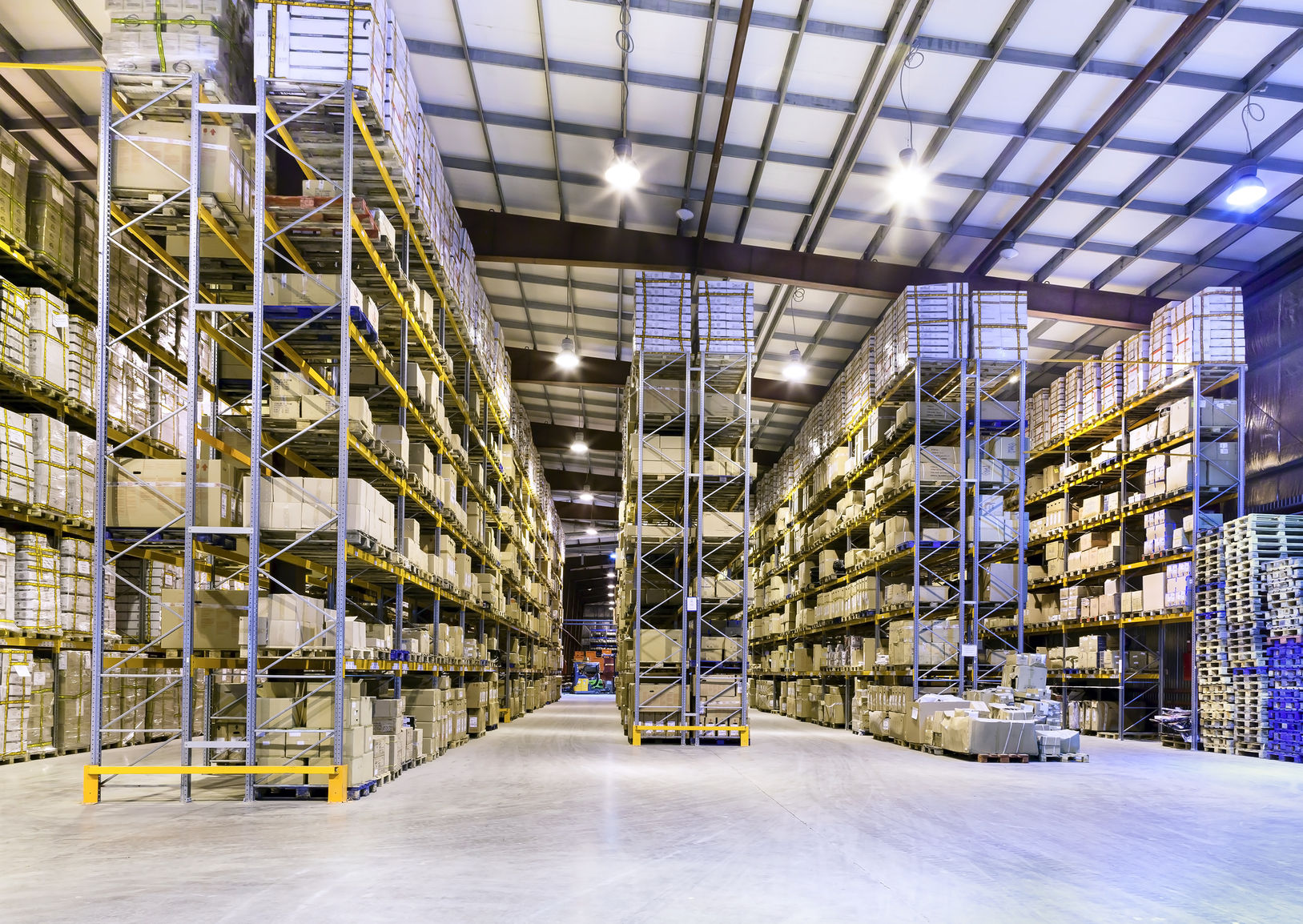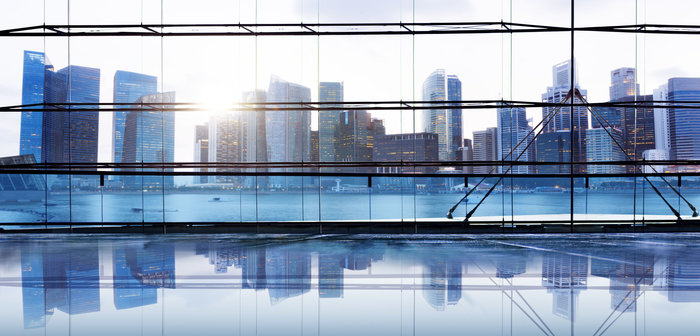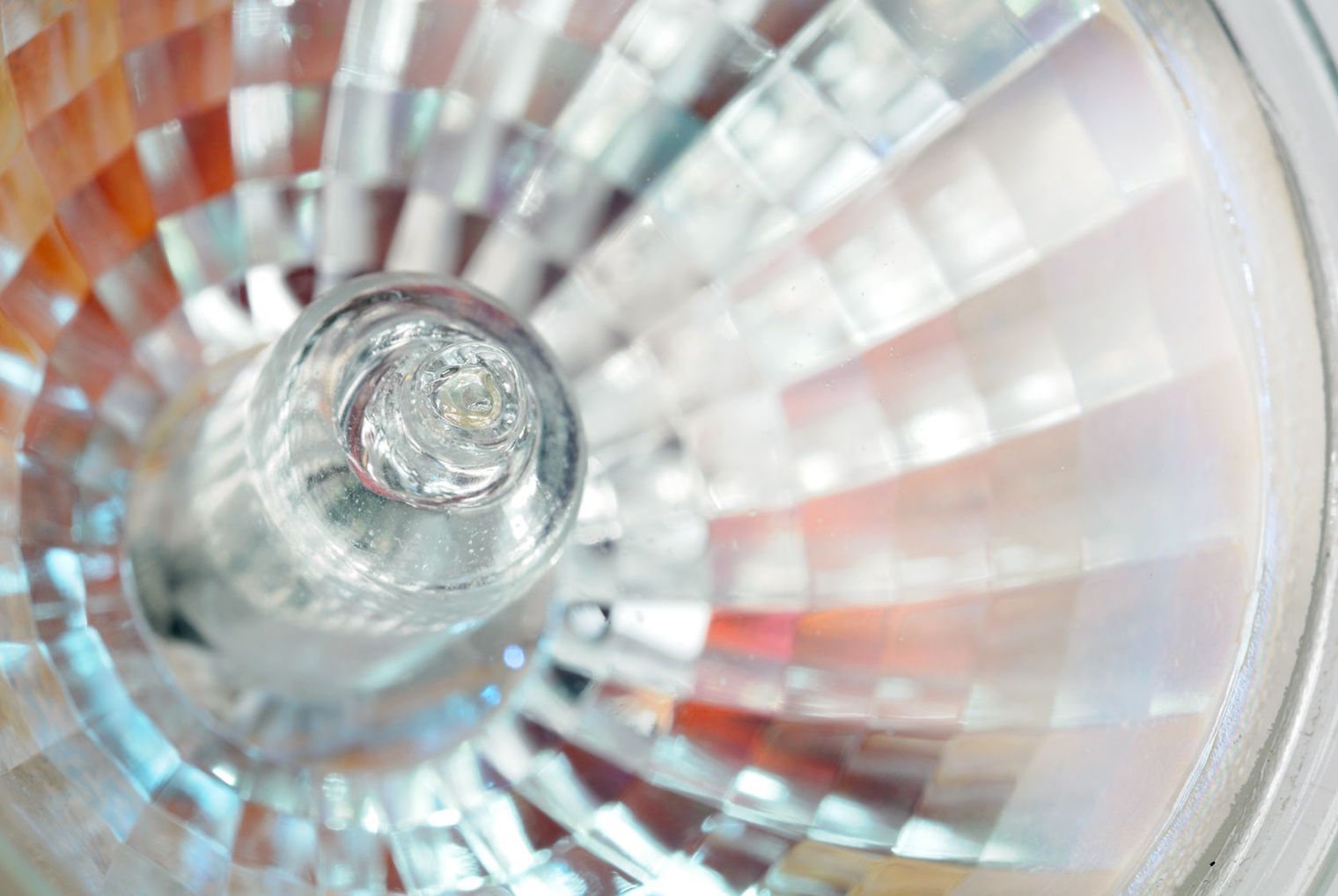Statisticians and newspapers tell us that online-only retailers are enjoying a boom. The Telegraph reports that online sales “grew 18pc last year and by 27pc over the past two years…while bricks and mortar sales fell over both periods.”
The growing trend for virtual routes to market has seen a rise in demand for warehouse space, as businesses seek to satisfy the needs of an ever-growing number of online shoppers.
Whilst e-commerce companies typically enjoy lower overheads – with no costly retail estate to manage, there’s no doubt that it pays for online businesses to find ways of increasing the efficiency of their warehouse and distribution operations. It’s here that significant savings can be made to their operating costs.
How can efficient lighting make warehouses more profitable?
According to the Carbon Trust, even a 20% cut in energy costs represents the same bottom line benefit as a 5% increase in sales. Lighting can account for up to 80% of a warehouse’s energy bill, so upgrading to energy efficient options such as LED can have a significant impact.
In a fast-paced industry, achieving this sort of competitive advantage is crucial. But energy isn’t the only expense associated with legacy warehouse lighting. Maintenance costs can rack up too, as failed lamps need to be accessed by cherry picker, disrupting operations as sections of warehouse are cordoned off for replacement work.
Lighting also has an impact on staff wellbeing and productivity. Eyestrain, glare, picking and packing mistakes are all consequences of poor quality illumination.
Specialist solutions for a specialist space
The cost-saving argument for upgrading to LED is clear, but not all LEDs are made equal, and warehouses are particularly tricky environments to light. Open spaces, high ceilings, narrow aisles and high racking can make it difficult to illuminate spaces evenly.
Energys Group’s New Vision LED High Bay option offers excellent energy saving opportunities for warehouses, while providing even light distribution and glare control. The lamps have a life expectancy of over 50,000 hours and will maintain lumen levels at over 90% for the full warranty period of 5 years in normal use, dramatically reducing the maintenance burden.
For warehouses with legacy SONS or metal halide lighting, our retrofit options may be a faster, more cost-effective solution. Ranging from 20W to 100W, they provide a cost-effective ‘plug and play’ option to replace SONs and metal halides. Because of the high efficacy and directional nature of these LED lamps, together with the sharp white light and high colour rendering index, it is possible to reduce the power consumption of light fittings by between 50% and 75% with no discernible reduction in effective light levels.
Warehouse lighting success story
One example of lighting best practice is Prompto Despatch, a courier company in Ireland. Prompto’s 400W metal halide lamps were retrofitted with our New Vision 80W LED SON lamps, achieving instant energy savings of more than 75% in the company’s warehouse space.
“It was obvious from the outset that as soon as the New Vision LED lighting was installed we had made the right decision, with much improved lighting levels and instantly reduced energy costs,” says James Delea, Managing Director at Prompto Despatch.
It’s clear that LED lighting can offer significant efficiencies for warehouse businesses. But proven sector expertise and high performance products are key when selecting the right supplier. Only then will companies really reap all the benefits of modern, effective, efficient light.
Want to know more about the benefits of LED lighting for warehouses? Drop us a line or have a look at our case studies.




